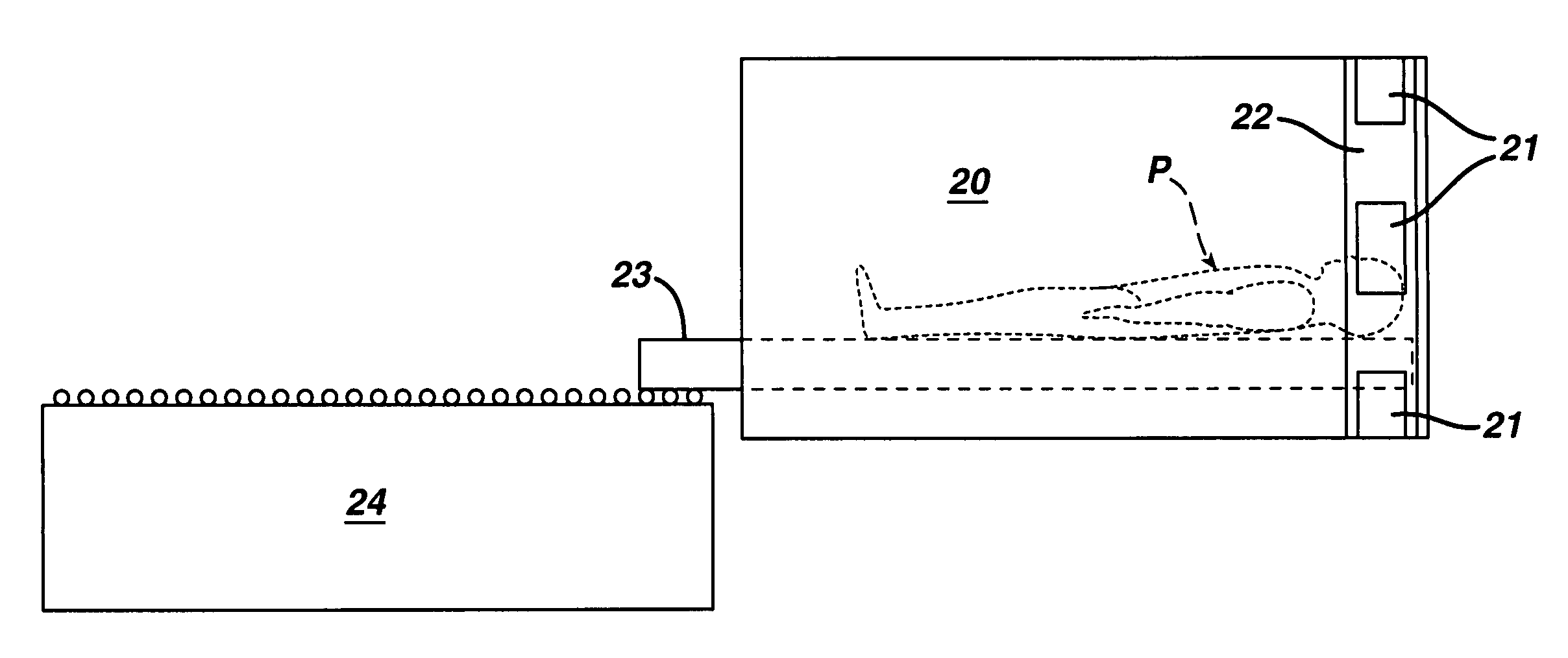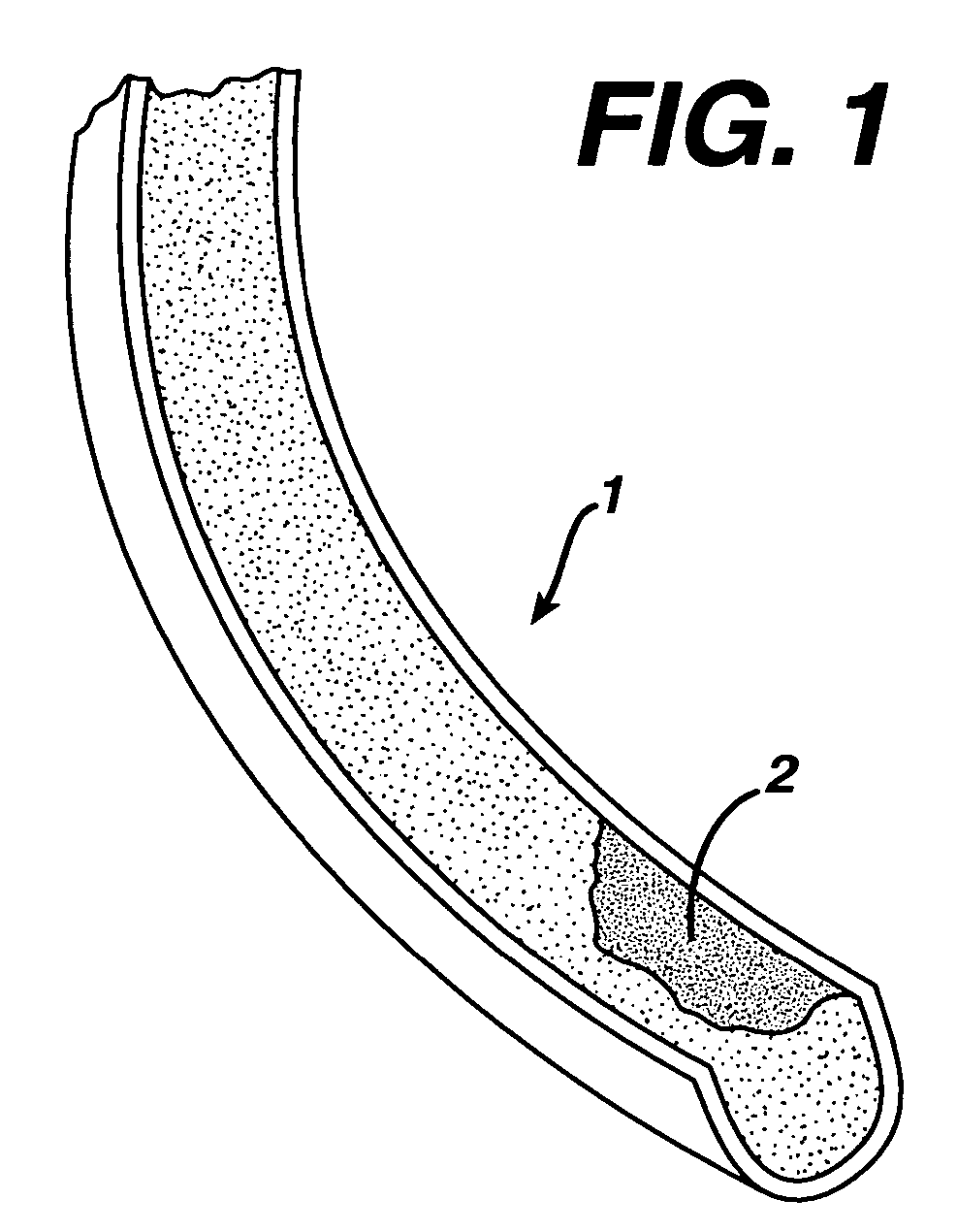Systems and methods for treating a thrombus in a blood vessel
- Summary
- Abstract
- Description
- Claims
- Application Information
AI Technical Summary
Benefits of technology
Problems solved by technology
Method used
Image
Examples
Embodiment Construction
[0031]FIG. 1 illustrates an exemplary blood vessel 1 of the vasculature of a human anatomy. The blood vessel 1 is shown as having an occluding thrombus 2 extending from a sidewall of the blood vessel. The occluding thrombus 2 narrows the blood-flow passageway through the blood vessel 1 resulting in hypoxia, stroke or other undesirable maladies and conditions. The occluding thrombus 2 may occur anywhere in the vasculature of the human anatomy, but is often formed in the blood vessels of the brain and the lower limbs of a patient.
[0032]FIG. 2 illustrates a thrombus 2 located in blood vessels of the brain 3, for example. FIG. 3 illustrates a thrombus 2 located in blood vessels of the leg 4, for example. The systems and methods for treating an occluding thrombus according to the invention may be applied to treat an occluding thrombus located anywhere in the vasculature of the human anatomy. The artisan should readily appreciate therefore that the occluding thrombus shown and described ...
PUM
 Login to View More
Login to View More Abstract
Description
Claims
Application Information
 Login to View More
Login to View More - R&D
- Intellectual Property
- Life Sciences
- Materials
- Tech Scout
- Unparalleled Data Quality
- Higher Quality Content
- 60% Fewer Hallucinations
Browse by: Latest US Patents, China's latest patents, Technical Efficacy Thesaurus, Application Domain, Technology Topic, Popular Technical Reports.
© 2025 PatSnap. All rights reserved.Legal|Privacy policy|Modern Slavery Act Transparency Statement|Sitemap|About US| Contact US: help@patsnap.com



